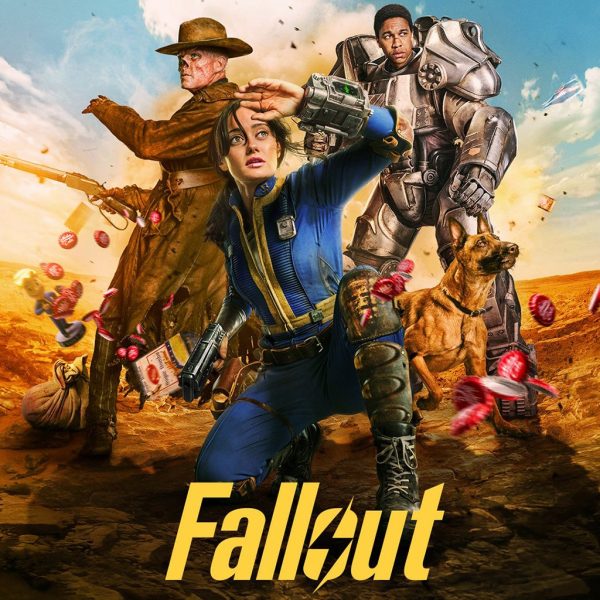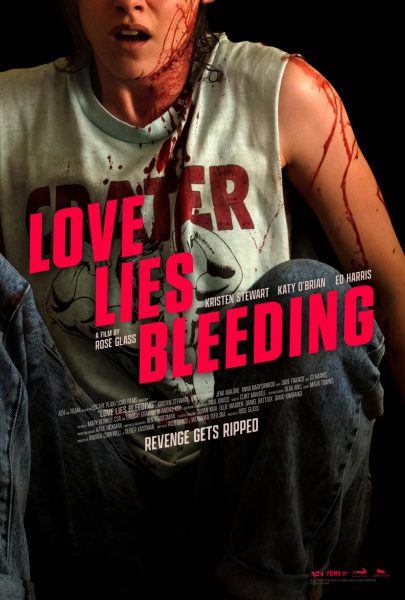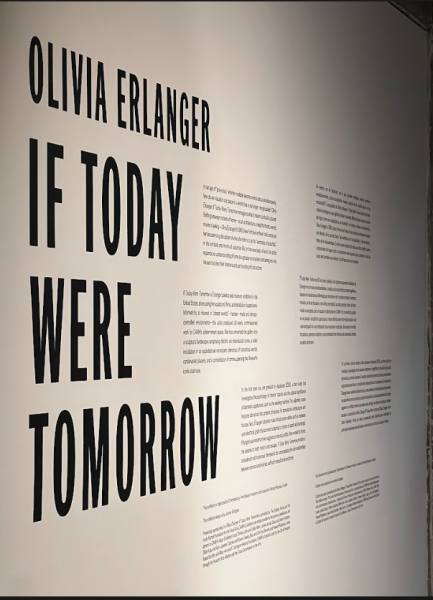Film Review: $70 Million dollars in producing Zack Snyder’s Justice League still does not do justice to the original
Zack Snyder might be the modern action director who has the most considerable empathy and seeks to make the audience cry, scream, and yell at a movie. This director has a fondness for simple, yet grand, emotions. Snyder’s cut of Justice League charms the viewer. It is not easy to create a film with immense success after a few years of the original being put out into the world. He manages to make a memory come back to life and captivate the audience. Samba TV reports that the movie drew more than 1.8 million HBO Max households in the first five minutes after its release from March 19th -21st, 2021. The number of viewers makes it rank as number two in most views after Wonder Woman 1984, which drew in more than 2.2 million households from December 25th -27th, 2020; another hit film from the DCEU.
The movie produced by company Warner Brothers and directed by Jack Snyder was an immense success. Actor Ben Affleck, cast as the role of Bruce Wayne/Batman, was hired as a writer and executive producer. The movie reportedly cost more than 70 million dollars to complete, most of the money going to special effects, musical scores, and editing. The film, which is four hours and two minutes in total, broken up into six chapters, received a score of 72% rotten tomatoes and immediately became one of the biggest hits in 2021. The producers and Snyder himself were a bit worried about the pandemic possibly leading to low ratings and views, something that many movies released during it have suffered from; however, this movie surpassed all of this. After Batman vs. Superman’s success in 2016 and Man of Steel in 2013, both of which being directed by Jack Snyder, critics were anxious for the “correct version” of the movie. The public could not wait to see what new plot the movie was bringing in on an oversaturated world of superhero movies by Marvel, Warner Brothers, and Lionsgate.
Located Below is an in-depth review of Zack Snyder’s Justice League: Justice is Gray; there will be spoilers.
For some context set before the movie begins, Darkseid and his Parademons tried to conquer the Earth with the use of Mother Boxes, miniaturized “supercomputers” with the ability to access the Source, a fictional consciousness made to represent a non-religious version of the Presence. This attempt was foiled by an alliance between Amazons, Old Gods, Old Lantern, and Humanity. After the battle, the Boxes were taken from Darkseid and hidden away, guarded by the Amazons and Humanity. The movie begins in the present time of the DCEU, right after Superman’s death; his death is what triggers the box’s reactivation. This reactivation attracts Steppenwolf, a member of Darkseid’s elite forces, to Earth.
Steppenwolf finds a Mother Box, causing Queen Hippolyta of the Amazons to warn her daughter Diana Prince, also known as Wonder Woman. Diana receives the messages from her mom and immediately tells Bruce Wayne, a.k.a., Batman. Worried, Diana and Bruce seek to form a team of metahumans to protect the Earth. A team is chosen to save the world; however, a few did not want to be part of it. One of these is Victor Stone, whose dad was kidnapped by Parademons seeking “The Mother Box.” Once the group, consisting of Batman, Wonder Woman, Aquaman, Cyborg, and The Flash, comes together, they set aside their differences for the greater good.
Although both movies were based on the same origin story, Snyder’s version turned out a much better, albeit still lacking, adaptation. There are many differences that brought Jack Snyder’s version ahead of the previous take, however, there are still issues with the film. A few of the more mentionable differences are the increase in character backstories, a change in musical scores and tone, additions of significant supporting characters, and an accurate representation of violence.
The most important change Snyder made was the addition of the main characters’ backstories. In the 2017 version, there was no character with an adequate backstory, viewers had to rely on the previous movies or knowledge from the source material to understand the characters’ motivations and struggles. This was done partially because of time constraints, the movie had to fit into theater regulations, and an oversight on Wheldon’s part. The Flash, Aquaman, and Cyborg are all given adequate backgrounds, just enough information to understand the characters’ places in the movie; Cyborg was also given proper attention in the Snyder cut, his relationship with his father, along with his powers, were explored to the fullest extent.
The difference between the musical scores Joss Whedon’s and Jack Snyder’s Justice Leagues is extremely significant. Whedon’s soundtrack was a major drawback for the film; it is not necessarily lighthearted, however it seems like Whedon was attempting to copy Marvel’s style of optimistic, action-filled musical scores with the constant crescendos and lighter notes. His score really messed with the atmosphere and tone of the movie, making it much more difficult to immerse yourself entirely. On the other hand, Snyder’s soundtrack successfully set the tone for a DC movie. The score had a much more grim and morbid feeling, depicting the movie’s visuals as well as DC as a whole.
Snyder also added some much-needed support characters; they were brought in solely to bring depth to the main characters. The more significant support characters were Martian Manhunter, Iris West, and Joker. Martian Manhunter was shifted into Martha Kent to have a heart-to-heart conversation with Lois Lane following the aftermath of Superman’s death; this not only made Superman’s absence that much more real, it also reminds the viewers that Superman was Clark Kent as well, he had a family that was left behind after he died. Iris West is Barry Allen’s love interest; her addition brings more depth to Barry and his motivations behind joining the Justice League. As for Joker, his brief scene in the epilogue brought about a heavy sense of psychological fear, allowing the viewers to truly immerse themselves in the atmosphere.
Although Snyder’s version was the better adaptation, both movies still pale in comparison to the source material. Live-action works can only go so far, and the entire sub-genre of superhero movies are expected not to live up to the source material’s status. Jack Snyder made a push in the right direction, however there is still much room for improvement. Although the story is a more accurate adaptation, and characters were given more development, the movie is still missing some of that spark the audience wants and does not contain the quality necessary for being four hours, so overall we do not recommend watching unless you are a true Snyder fan with a lot of spare time.
Your donation will support the student journalists of Carnegie Vanguard High School. Your contribution will allow us to cover our annual website hosting costs and fund field trips, competition fees, and equipment. We appreciate your support!

Hello, my name is Maya Collins and I am a senior who enjoys playing video games and reading books. I am interested to see how my last year in high school...

Hello, my name is Marcos Delgadillo I am passionate about reporting and writing about problems and events in the Houston Area! I was born and raised in...












Diego A Gonzalez • Apr 13, 2021 at 8:48 am
I like the way the review is organized. Has a great title and straight to the point.
Jonathon Morales • Apr 9, 2021 at 11:11 am
Interesting story and great writing. Good job
Talia Moghnieh • Apr 9, 2021 at 11:02 am
This article was written very eloquently and was very interesting. Captured my eyes with the graphics.
MyTran Vo • Apr 9, 2021 at 10:59 am
I liked how in-depth into the storyline this article was
Thomas Dowe • Apr 9, 2021 at 10:58 am
I really enjoyed how this was written and it made me want to watch the Snider Cut even more
Carys Reyes • Apr 9, 2021 at 10:43 am
I like this article because it shows how the classic is similar however, it will not compare to the original.
Roxell • Apr 9, 2021 at 10:40 am
When I was younger I used to be a super big DC fan, so reading this kinda made me realize how much effort was put into each movie and why I enjoyed it so much. Great story!
Lexy Silva • Apr 9, 2021 at 10:37 am
I like how you included the spoiler alert just in case those reading haven’t watched it yet